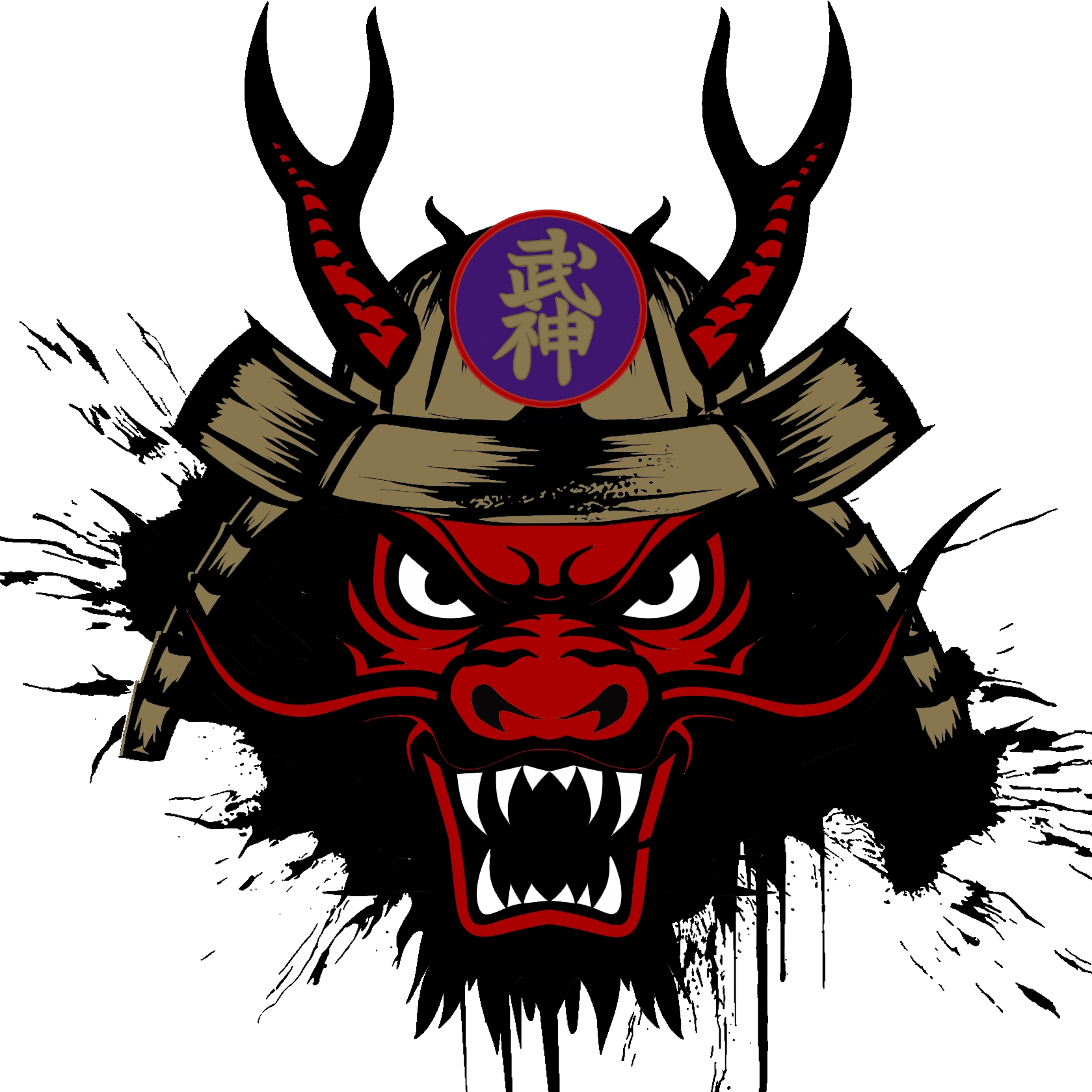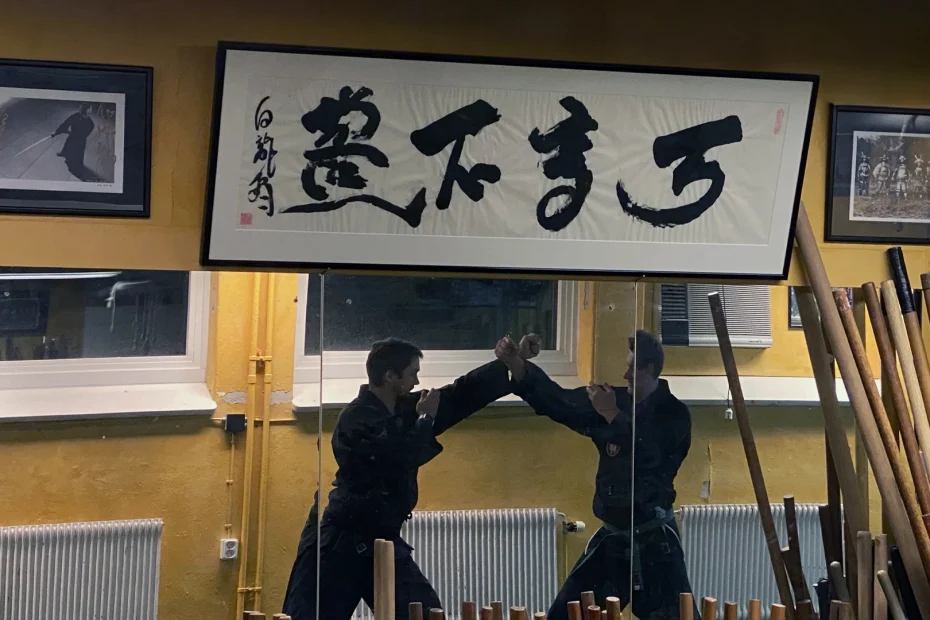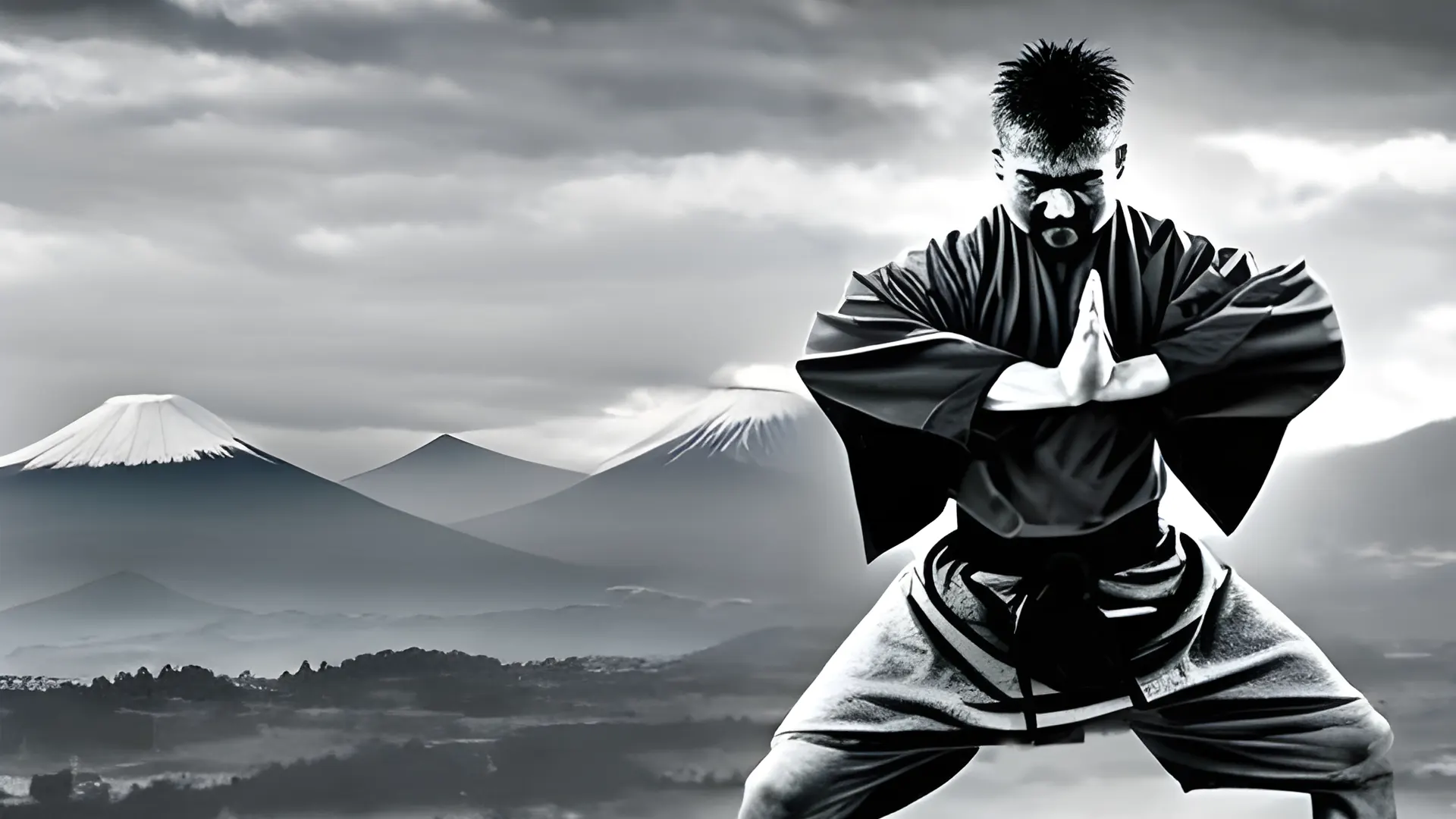Banpenfugyō: Cultivating Adaptability and Cognitive Flexibility
The Japanese concept of 万変不驚 Banpenfugyō, often associated with martial arts, encapsulates the essence of adaptability and cognitive flexibility. In the heat of a physical confrontation, it beckons martial artists to relinquish preconceived techniques and allow an intuitive, divine power to guide their actions. This essay delves into the philosophy of Banpenfugyō within the context of Bujinkan Budō Taijutsu, exploring how it trains practitioners to seamlessly adapt and respond to ever-changing situations.


